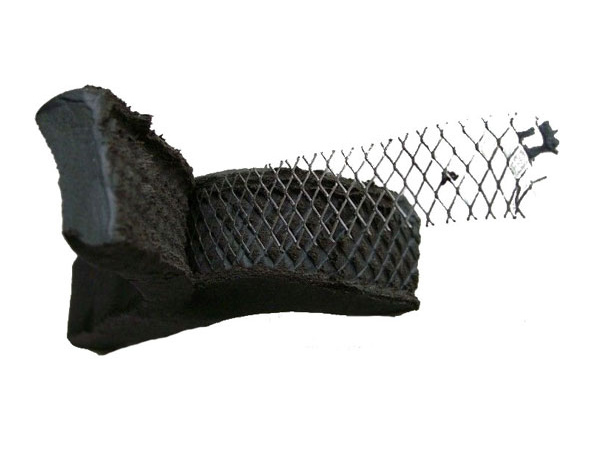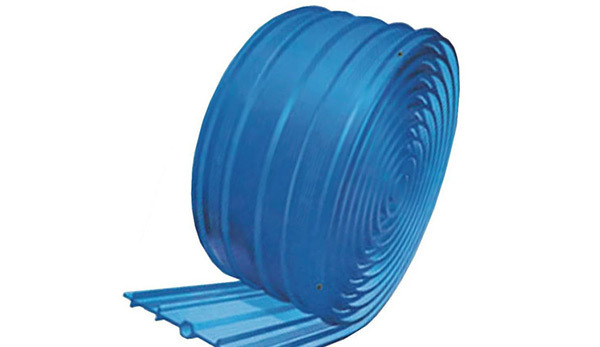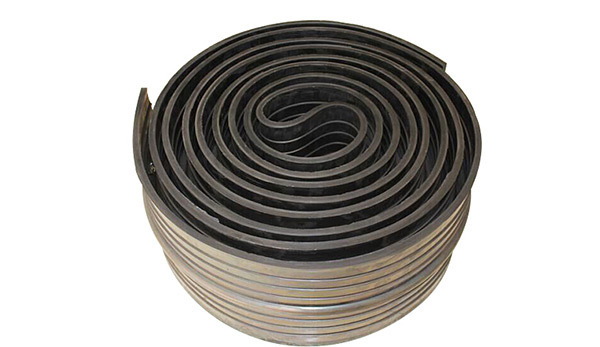The difference between water stop belts and water stop strips
2021-12-26

Rubber water stop strips and water stop belts are both used to address construction joints, expansion joints, and cracks in building projects. However, their applications have essential differences. Next, let's specifically distinguish the differences in their applications.
To accommodate uneven settlement and expansion deformation of the foundation, tunnels and hydraulic structures are designed with layout joints (including settlement joints and construction joints). All joints located within the impermeability scope have water stop measures, and all joints should contain fillers. Settlement joints are horizontal joints, and water stops are horizontal water stops, often using plastic water stop belts and rubber water stop belts during construction. In recent years, plastic water stop belts have been widely adopted.
Rubber water stop belts utilize the high elasticity and compressive deformability of rubber to undergo elastic deformation under various loads, thereby achieving tight sealing, effectively solving the leakage and seepage of construction project gaps, and providing shock absorption. In many construction projects, there are some expansion requirements between civil engineering and water and soil layouts, as well as waterproofing and seismic issues. Therefore, adopting and installing rubber water stop belts can address these various problems.
Rubber water stop strips are used for waterproofing concrete construction joints. The construction joint can be left as a flat joint, which can be rough or relatively smooth. The construction joint can be horizontal or vertical. As long as the surface floating soil is cleaned, the rubber water stop strip can be adhered to the surface of the poured concrete using the material's own stickiness, and then the next section of concrete can be poured. Specific construction method: The construction joint can be made into a concave joint, and then the water stop strip is placed so that part of it is exposed on the surface of the construction joint, after which the next section of concrete can be poured.
After the secondary concrete, before pouring the secondary concrete, clean the area where the rubber is installed at the joint of the previously poured concrete, removing surface dust. The rubber can be firmly and closely adhered to the reserved position of the secondary concrete using methods such as neoprene adhesive, cement nails, or nail guns, ensuring that the rubber water stop strip is in the designed position during the secondary pouring, providing excellent waterproofing. In environments with a lot of water during secondary concrete pouring, a slow-expanding rubber water stop strip can be ordered. This slow-expanding material can extend the expansion speed in water, and the expansion time of the water stop strip can be customized according to different requirements, thus not affecting the waterproofing effect.
Contact Us
E-mail:
349295133@qq.com
Phone/WeChat:
+86-18632707200
Address:
Second Avenue District, Hejian Economic Development Zone, Hebei Province















